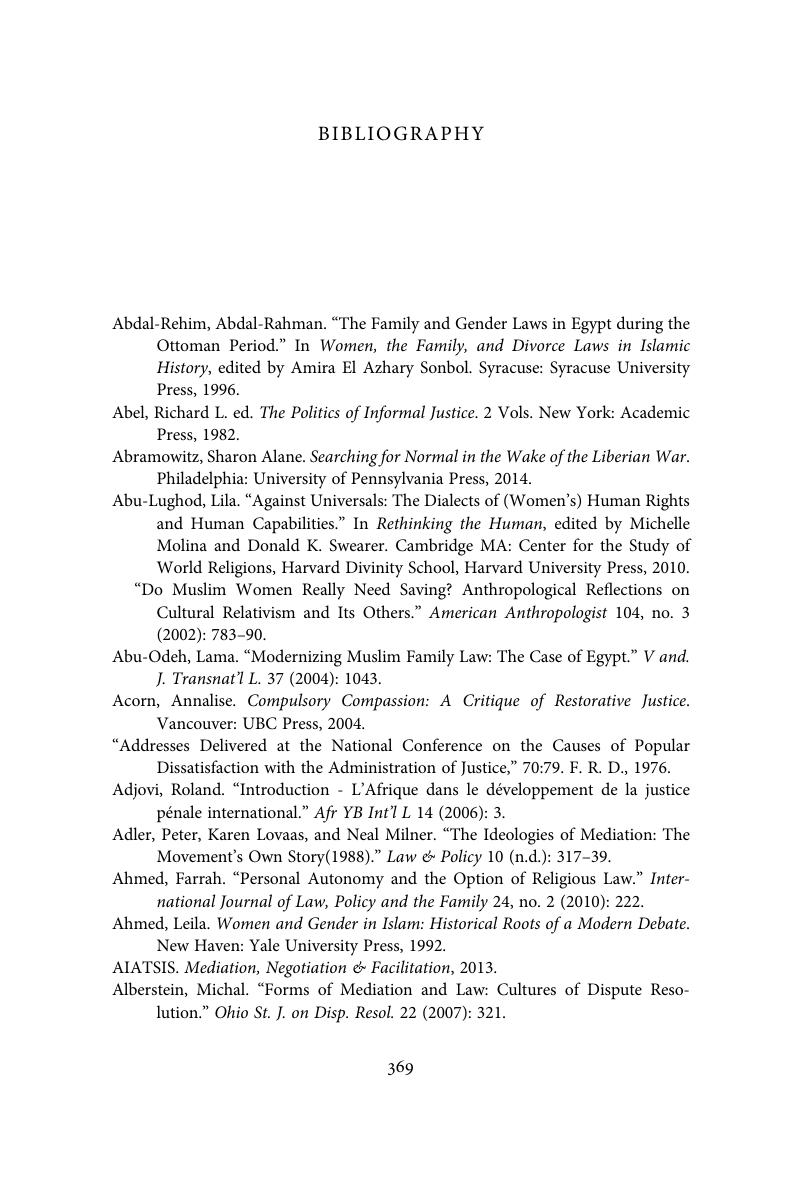Book contents
- Culture in the Domains of Law
- Cambridge Studies in Law and Society
- Culture in the Domains of Law
- Copyright page
- Dedication
- Contents
- Acknowledgments
- Contributors
- 1 Centaur Jurisprudence
- Part I Accommodation of Minority Cultural Practices
- Part II Aboriginal Law
- Part III Alternative Dispute Resolution
- Part IV Law in Conflicts
- Bibliography
- Index
- Cambridge Studies in Law and Society
- References
Bibliography
Published online by Cambridge University Press: 23 February 2017
- Culture in the Domains of Law
- Cambridge Studies in Law and Society
- Culture in the Domains of Law
- Copyright page
- Dedication
- Contents
- Acknowledgments
- Contributors
- 1 Centaur Jurisprudence
- Part I Accommodation of Minority Cultural Practices
- Part II Aboriginal Law
- Part III Alternative Dispute Resolution
- Part IV Law in Conflicts
- Bibliography
- Index
- Cambridge Studies in Law and Society
- References
Summary

- Type
- Chapter
- Information
- Culture in the Domains of Law , pp. 369 - 419Publisher: Cambridge University PressPrint publication year: 2017

